Shuqiang Lu
Practical Traffic-space Adversarial Attacks on Learning-based NIDSs
May 15, 2020


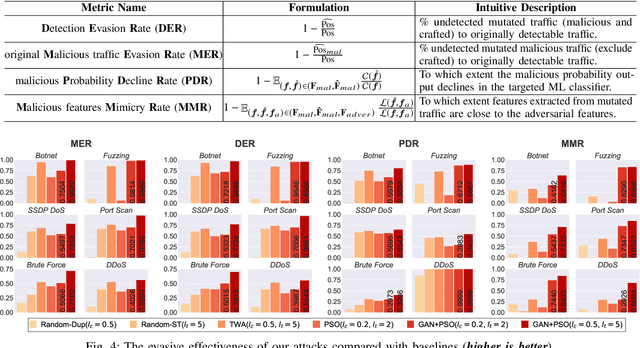
Abstract:Machine learning (ML) techniques have been increasingly used in anomaly-based network intrusion detection systems (NIDS) to detect unknown attacks. However, ML has shown to be extremely vulnerable to adversarial attacks, aggravating the potential risk of evasion attacks against learning-based NIDSs. In this situation, prior studies on evading traditional anomaly-based or signature-based NIDSs are no longer valid. Existing attacks on learning-based NIDSs mostly focused on feature-space and/or white-box attacks, leaving the study on practical gray/black-box attacks largely unexplored. To bridge this gap, we conduct the first systematic study of the practical traffic-space evasion attack on learning-based NIDSs. We outperform the previous work in the following aspects: (1) practical---instead of directly modifying features, we provide a novel framework to automatically mutate malicious traffic with extremely limited knowledge while preserving its functionality; (2) generic---the proposed attack is effective for any ML classifiers (i.e., model-agnostic) and most non-payload-based features; (3) explainable---we propose a feature-based interpretation method to measure the robustness of targeted systems against such attacks. We extensively evaluate our attack and defense scheme on Kitsune, a state-of-the-art learning-based NIDS, as well as measuring the robustness of various NIDSs using diverse features and ML classifiers. Experimental results show promising results and intriguing findings.
New Era of Deeplearning-Based Malware Intrusion Detection: The Malware Detection and Prediction Based On Deep Learning
Jul 19, 2019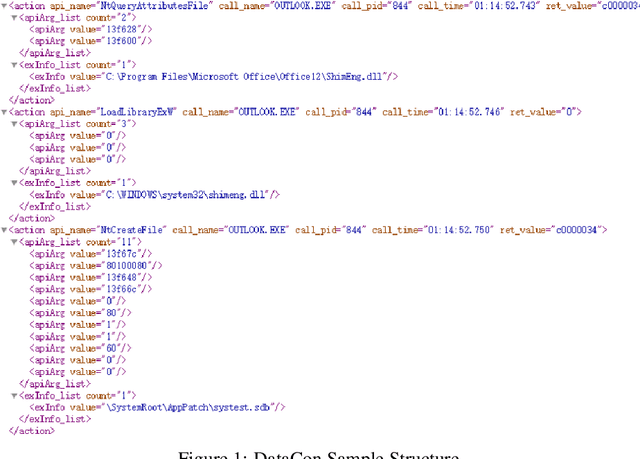
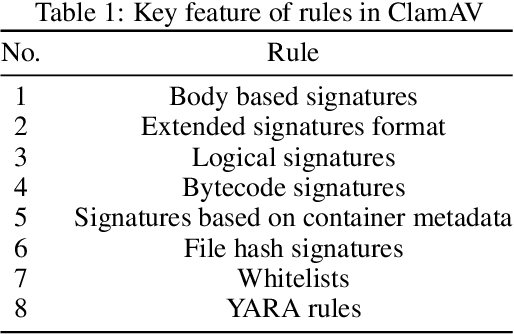
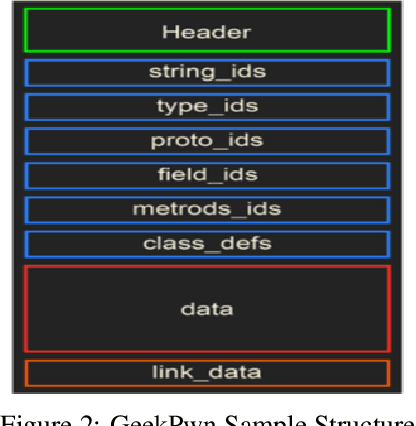
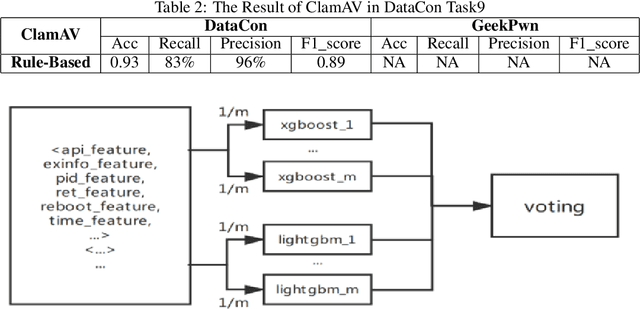
Abstract:With the development of artificial intelligence algorithms like deep learning models and the successful applications in many different fields, further similar trails of deep learning technology have been made in cyber security area. It shows the preferable performance not only in academic security research but also in industry practices when dealing with part of cyber security issues by deep learning methods compared to those conventional rules. Especially for the malware detection and classification tasks, it saves generous time cost and promotes the accuracy for a total pipeline of malware detection system. In this paper, we construct special deep neural network, ie, MalDeepNet (TB-Malnet and IB-Malnet) for malware dynamic behavior classification tasks. Then we build the family clustering algorithm based on deep learning and fulfil related testing. Except that, we also design a novel malware prediction model which could detect the malware coming in future through the Mal Generative Adversarial Network (Mal-GAN) implementation. All those algorithms present fairly considerable value in related datasets afterwards.
 Add to Chrome
Add to Chrome Add to Firefox
Add to Firefox Add to Edge
Add to Edge